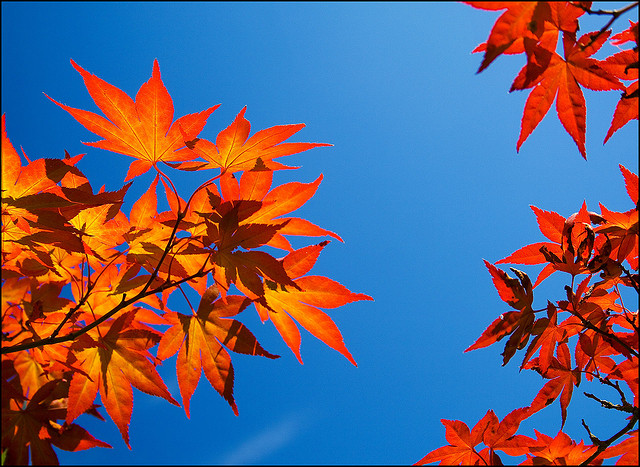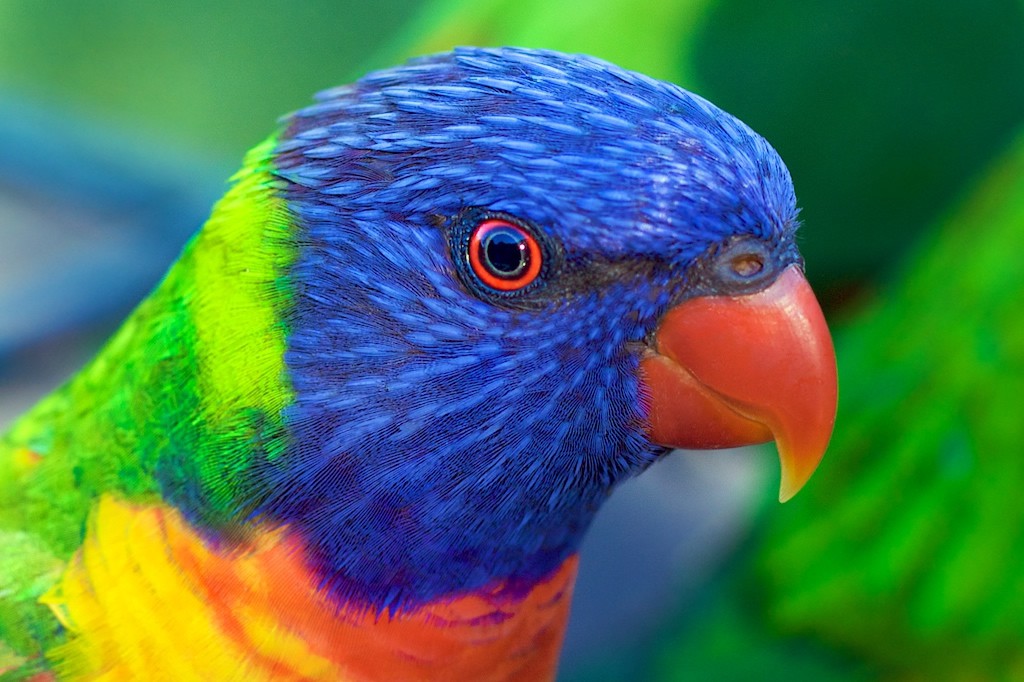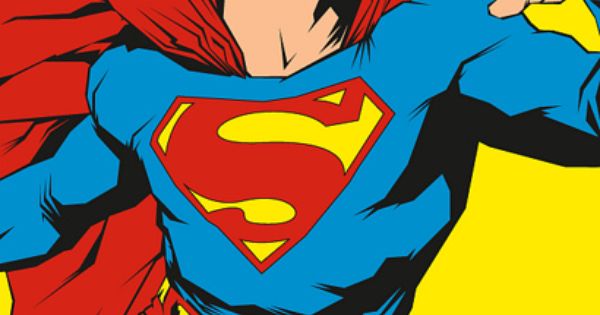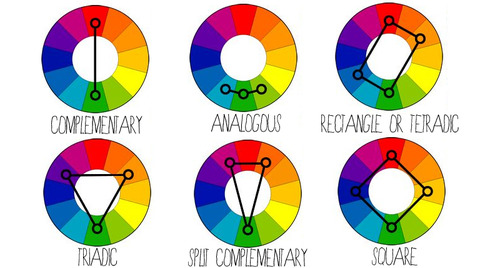Colors are everywhere, present in everything. More often than not, colors are not alone, but in fact, a combination of a few colors! So, how do colors work with each other, and how do they match?
COMPLEMENTARY
Colors that are opposite each other on the color wheel are considered to be complementary colors. (e.g. Red and Green)
The high contrast of complementary colors creates a vibrant look especially when used at full saturation. This color scheme must be managed well so it is not jarring.

SPLIT-COMPLEMENTARY
The split-complementary color scheme is a variation of the complementary color scheme. In addition to the base color, it uses the two colors adjacent to its complement.

ANALOGOUS
Analogous color schemes use colors that are next to each other on the color wheel. They usually match well and create serene and comfortable designs.
Analogous color schemes are often found in nature and are harmonious and pleasing to the eye.

RECTANGLE / TETRADIC
Tetradic color scheme uses four colors arranged into two complementary pairs.
This rich color scheme offers plenty of possibilities for variation. It works best if you let one color be dominant.
You should also pay attention to the balance between warm and cool colors in your design.

SQUARE
The square color scheme is similar to the rectangle, but with all four colors spaced evenly around the color wheel. Similarly, it works best if one color is the dominant.
You should also pay attention to the balance between warm and cool colors in your design.
TRIADIC
A triadic color scheme uses colors that are evenly spaced around the color wheel.
Triadic color schemes tend to be quite vibrant, even if you use pale or unsaturated versions of your hues.











